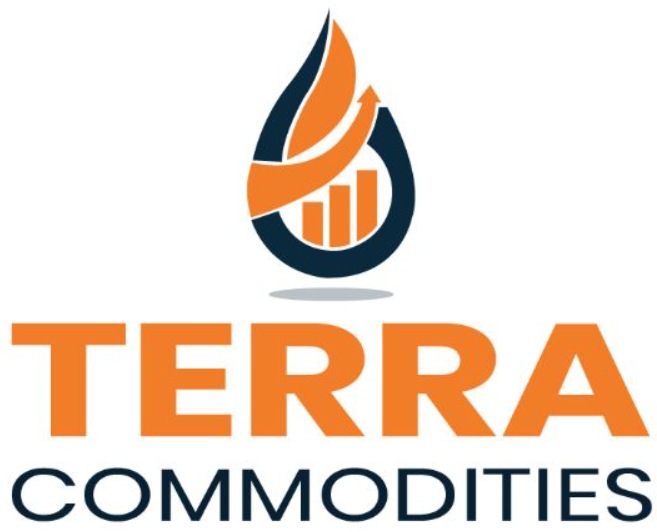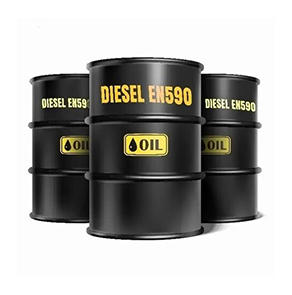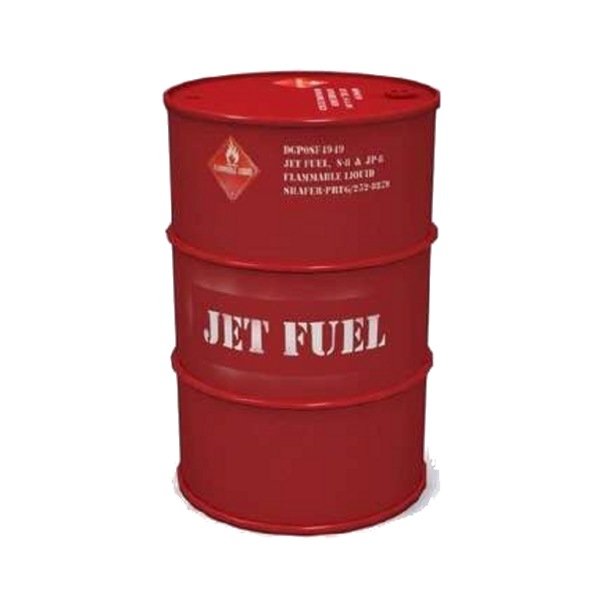Description
Crude Oil is a naturally occurring, unrefined petroleum product composed of hydrocarbon deposits and other organic materials. It is extracted from underground reservoirs and forms the raw material for a wide range of refined products including gasoline, diesel, jet fuel, heating oil, lubricants, petrochemicals, and more.
Crude oil varies significantly in density (API gravity), sulphur content, and composition, which define its classification as light or heavy, and sweet or sour. These characteristics affect its market value and refining process. Crude oil is traded globally and is a critical energy resource for industrialized and developing nations alike.
General Characteristics:
| Property | Typical Range |
| Appearance | Viscous liquid, black to dark brown |
| Density (API Gravity) | Light Crude: >31.1° API Heavy Crude: <22.3° API |
| Sulphur Content | Sweet: <0.5%Sour: >0.5% |
| Viscosity | Varies by grade and temperature |
| Pour Point | -30°C to +30°C (grade-dependent) |
| Boiling Range | Wide: ~35°C to 565°C |
| Flash Point | >40°C (varies by grade) |
| Colour | Dark brown to black (may vary) |
Classifications:
- By Gravity:
- Light Crude Oil – High API gravity, easy to refine, yields high % of gasoline and diesel.
- Medium Crude Oil
- Heavy Crude Oil – Lower API gravity, denser and more complex to process.
- By Sulphur Content:
- Sweet Crude Oil – Low sulphur, easier and cheaper to refine.
- Sour Crude Oil – Higher sulphur, requires more processing.
Typical Grades (Examples):
- Brent Crude – Light, sweet, benchmark for Europe
- West Texas Intermediate (WTI) – Light, sweet, U.S. benchmark
- Bonny Light – Nigerian light, sweet crude
- Arab Light – Saudi medium gravity crude
- Basrah Heavy / Basrah Light – Iraqi exports
- Urals – Russian medium, sour blend
(Specific TDS available upon request for each grade)
Applications:
- 🔧 Refining into fuels – Gasoline, diesel, jet fuel, LPG, marine fuel
- 🧪 Petrochemical feedstock – Plastics, resins, fertilizers, solvents
- 🔥 Heating and energy production – Industrial boilers, power plants
- 🛢️ Base oil production – Lubricants, greases
- 🚛 Global trade commodity – Traded via long-term contracts or spot markets
Packaging & Delivery:
- Export Form: Bulk (via pipeline, tanker ships, rail, or truck)
- Loading Ports: Global – depending on origin (e.g., Rotterdam, Ras Tanura, Bonny Terminal, Houston, etc.)
- Delivery Terms: FOB, CIF, TTO, TTT (as per contract)
- Storage: Large-capacity tanks or floating storage (FSOs)
- Standard Volumes: Measured in Barrels (bbl), Metric Tons (MT), or Cubic Meters (CBM)
- Typical Shipment Sizes: 500,000 – 2,000,000 barrels (Aframax/Suezmax/VLCC)
Quality Assurance & Certification:
- Pre-shipment inspection and certification by authorized third parties (e.g., SGS, BV, Intertek)
- Cargo documentation includes:
- Certificate of Origin
- Quality and Quantity Report
- Bill of Lading
- Cargo Manifest
- Tank Ullage Report
- MSDS (Material Safety Data Sheet)
Safety & Handling:
- Flammable liquid – keep away from ignition sources
- Requires appropriate grounding and vapor recovery systems during transfer
- Use personal protective equipment (PPE) when handling
- Follow local, national, and international environmental and transport regulations
- Refer to MSDS for full hazard identification and emergency procedures
Conclusion:
Crude Oil is the backbone of the global energy system and a foundational resource in the modern industrial economy. From fuelling transportation and power generation to serving as the feedstock for countless industrial and consumer products, crude oil plays a vital role in worldwide development.
Whether traded as a spot commodity, long-term supply contract, or part of a broader energy portfolio, crude oil remains a highly strategic and valuable resource.







Reviews
There are no reviews yet.